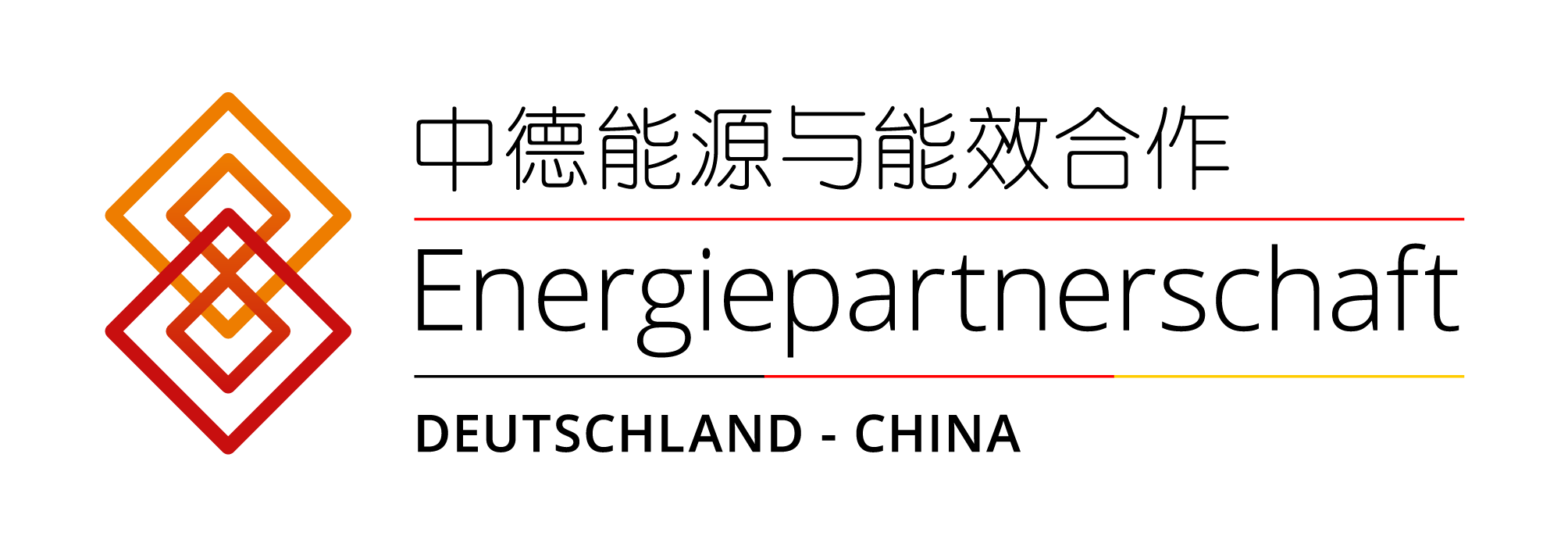Anders Hove, 18 November 2021
A German government-funded study1 shows that Germany has adequate resources through 2030. The report uses a complex and sophisticated methodology to estimate the loss-of-load probability (LOLP), while accounting for both rising shares of variable wind and solar power as well as the increasing role of electricity markets and cross-border electricity trade. The report finds that the market’s role in enabling economic balancing of supply and load will rise steadily, underscoring the importance of continuing to expand market trading as renewables grow. Ultimately, the report finds that Germany faces a LOLP of just 0.003%, which is 20 times lower than set by the threshold adopted by the EU and Germany.
As China pursues carbon peaking and carbon neutrality, a rising share of renewable energy and an increasing share of electricity in final energy consumption are two main pillars of the low-carbon transition. Policy makers and grid operators are naturally concerned to ensure that the system remains reliable and secure throughout this transition. Incumbent fossil industries and local officials often frame renewable energy as unstable and unreliable energy source Quantification of capacity adequacy needs to account for the variability of wind and solar output to allay these concerns.
In this article, the Sino-German Energy Transition project summarize the main results of the study and draw brief lessons for China. Commissioned by BMWi, implemented by GIZ, the project aims to promote a more effective, low-carbon energy system in China through international cooperation and mutual benefit policy research by sharing German energy transition experiences. Currently the project partners are jointly conducting research analysis to compare methodologies to ensure the system's capacity adequacy with power systems scaling back conventional generation.
What methodology does the report use to assess capacity adequacy?
The report deploys a probabilistic method derived from longstanding international practice, using defined indicators for measuring resource adequacy, and incorporating a sensitivity analysis accounting for policy changes.
The report defines resource adequacy as the long-term balance between generation and consumption in the electricity supply system, incorporating prices in the wholesale electricity markets. Thus, the resource adequacy concept accounts for whether consumers can always obtain physical electrical energy supply when their economic willingness to pay is greater than or equal to the market price of electricity.
A larger market provides a triple benefit for resource adequacy: The EU has steadily worked towards the liberalization of its internal electricity market for electricity, meaning studies of resource adequacy must consider all of Europe and account for dynamic market adjustments including the price elasticity of demand. The larger geographical area of Europe helps smooth feed-in of variable renewable energy supply, positively contributing to security of supply. The larger geographical area covered by the market also helps smooth loads, especially those related to weather, and reduces the impact of individual outages at power plants. The larger market reduces the probability of simultaneous occurrence of unfavourable conditions (short renewable feed-in, plant outages, demand spikes) than when viewed nationally.
The study considers a period up to 2030 and complies with EU regulations: The project’s design is consistent with the German legal requirements set out by the Energy Industry Act (EnWG)2 for monitoring the adequacy of generation resources in the electricity market, and also corresponds to the requirements of the EU Electricity Market Regulation 2019/9433. The study evaluates and quantifies capacity resource adequacy up to 2030, a period in which the electricity market and generation capacity will undergo substantial changes, as countries phase down coal while ramping up renewables.
The methodology is based on a strict German reliability standard: Based on a review of various resource adequacy methodologies, the study authors determined that loss-of-load probability (LoLP) is best suited for the formulation of a standard. This is the probability that not all consumers can obtain electricity supplies in the market despite willingness to pay market prices. Other supplementary parameters, such as the expected value of the energy not supplied (EENS), are also helpful in assessing resource adequacy. The report uses an LOLP standard for Germany of = 0.06%, which corresponds to a load balancing probability of 99.94%. The methodological approach is also based on the following two questions:
- How will the European electricity supply system develop in the period under review?
- With this European electricity supply system, is the adequacy of the resources on the electricity market guaranteed at an efficient level?
To answer the first question, researchers developed several scenarios for the development of Europe’s electric power supply system. Researchers then evaluated the second question by determining the level of adequacy for each scenario and comparing it to the defined LOLP standard. The studies goes one step further than prior analyses, in that the development of electricity supply systems, including additions of transmission and generation, are modelled endogenously given market prices. For each year, a larger proportion of generation and transmission depends on endogenous factors of the model.
The result of the analysis shows that the German power system will be highly reliable over the period of study
The model estimates Germany’s maximum 2030 LOLP = 0.003%, 20 times lower than the standard acceptable value of 0.06%. The Loss of Load Estimate is 0 hours per year in the reference scenario, 0.25 hours after considering all policy and market sensitivities. For the reference scenario, the 2030 LOLP for Germany is 0.
The analysis consistently shows a high level of adequacy of the resources on the electricity market in Germany and neighbouring countries. In all scenarios examined up to 2030, the adequacy of the resources on the electricity market in Germany is guaranteed, even with a hypothetical energy-only market in all examined countries, an aggressive coal phase-out in Germany, and more ambitious European policies encouraging sector coupling via electrification of transport, industry, and heating.
The expected value of the energy not supplied (EENS) is 0 in the reference scenario and a maximum of 0.4 GWh per year in the sensitivities. Since the study specifically assesses the capability of the electricity market to ensure resource adequacy, it does not take into account Germany’s capacity reserve, which is not part of the electricity market. In practice, this reserve also would be available, further increasing resource adequacy.
How are the results so good in spite of the retirement of conventional generation and ramp up of wind and solar?
Several factors explain the very high level of adequacy of the resources in Germany:
- Due to the balancing group and balancing energy system, suppliers have large incentives to comply with delivery obligations. It is rational for market players to protect themselves against potentially very high balancing energy prices by contracting sufficient generation and flexibility capacity, which directly or indirectly triggers corresponding investments.
- The German and European electricity supply systems currently have some excess capacity. Though some plants will close due to increased carbon prices and effective policy measures, generation owners show some inertia in reducing this excess capacity by shutting down existing plants.
- New natural gas combined heat-and-power (CHP) adds significant capacity. Based on data from other research reports, the study assumes that by 2030, Germany will see net gas CHP additions of 15 GW. For the other countries which the study considers, it assumes net additions of 21 GW.
The reference scenario derives from detailed research on the existing German and EU power systems, comparison with other studies and proprietary models, and consultation with experts regarding the legal framework conditions and policy changes likely to occur through 2030. The scenarios comprehensively depict the initial situation, planning, and policy changes in the European electricity market.
A comparison with scenarios of German and European TSOs shows that the reference scenario in Germany has slightly lower dispatchable generation than those in other studies.4 Overall, across all the countries considered, the reference scenario shows significantly lower resources in some cases. Thus, the reference scenario represents a conservative development path for the European power supply system.
Assumptions in reference scenario cover:
- Market design
- Exogenous development of conventional generation fleet (nuclear, coal, and CHP)
- Development of renewable energy and pumped hydro storage
- Development of flexibility options
- Technical and economic characteristics of conventional power plants
- Development of balancing energy
- Development of cross-border transmission capacity and import-export opportunities
- Distribution of load excess among the bidding zones
Sensitivity analysis considered include:
- Elimination of capacity markets in neighbouring countries in favour of energy-only markets
- Enhanced sector coupling using the Distributed Energy pricing scenario from the Ten-Year Network Development Plan of ENTSOE-E
- Enhanced sector coupling using the price scenario from the World Energy Outlook Sustainable Development scenario
How does the analysis address the challenge of the dark doldrums—that is, seasons with low wind and solar production
The scenarios explicitly accounted for the issue of dark doldrums—a phrase that refers to extended periods with low wind and low solar irradiation. The models incorporated weather data from 2017 into weather years, which experienced long periods of dark doldrums, as well as 2012, when Europe experienced an unusually cold winter.
The generation of renewable energy resources and the consumption of different parts of the energy sector in Germany (households, commerce, transport, industry, other) up to 2030 is calculated with assumptions about weather based on six weather years: 2009-2013 and 2017. Annual generation of PV, onshore and offshore wind power up to 2030 are simulated based on installed capacity in each future year, based on data on meteorological conditions with high regional resolution (wind speeds, temperatures, global irradiation). Hourly load profiles are generated for each of the six weather years (incl. Among other temperatures, wind conditions, sunshine, sunrise, and sunset times).
Conclusion
Ensuring that electricity supplies remain secure and reliable depends on many factors, including accurate planning and forecasting, both of which will become more difficult as variable renewable energy scales up and various sectors such as heating and transport increase their electricity consumption. Germany and Europe have explicit requirements for planning studies to ensure that reliability remains high throughout the transition to low-carbon electricity systems. This study shows that renewable energy adoption poses no challenge to Germany’s electricity reliability through 2030.
Although the electricity systems of Europe and China are quite different, they are converging in many respects. China is adopting electricity markets, increasing cross-boundary transmission, and boosting distributed energy throughout China (partially resolving the problem of most variable energy located in West China, remote from the major industrial or urban load centres). Both economies are now pursuing electrification of industry and transport, and increasing the flexibility of demand. The type of scenario analysis employed in Germany and Europe could help inform planning in China, avoiding unnecessary investment in conventional generation and accelerating the transition to a power system with renewable energy at its centre.











